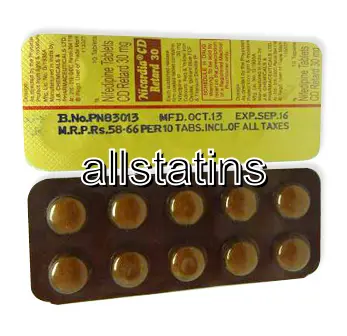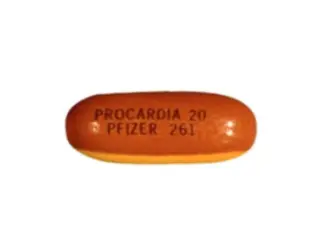| Package | Dosage | Price | Price per Dose | |
|---|---|---|---|---|
| Dosage: 10mg | ||||
| 360 pill | 10mg | AUD539.48 | AUD1.50 | |
| 180 pill | 10mg | AUD293.76 | AUD1.63 | |
| 120 pill | 10mg | AUD213.64 | AUD1.79 | |
| 90 pill | 10mg | AUD178.92 | AUD1.98 | |
| 60 pill | 10mg | AUD136.18 | AUD2.27 | |
| 30 pill | 10mg | AUD80.10 | AUD2.67 | |
| Dosage: 20mg | ||||
| 360 pill | 20mg | AUD643.64 | AUD1.79 | |
| 180 pill | 20mg | AUD355.19 | AUD1.98 | |
| 120 pill | 20mg | AUD267.06 | AUD2.22 | |
| 90 pill | 20mg | AUD229.66 | AUD2.54 | |
| 60 pill | 20mg | AUD173.58 | AUD2.91 | |
| 30 pill | 20mg | AUD109.48 | AUD3.69 | |
| Dosage: 30mg | ||||
| 180 pill | 30mg | AUD691.72 | AUD3.85 | |
| 120 pill | 30mg | AUD499.42 | AUD4.17 | |
| 90 pill | 30mg | AUD408.61 | AUD4.54 | |
| 60 pill | 30mg | AUD309.79 | AUD5.15 | |
| 30 pill | 30mg | AUD181.59 | AUD6.09 | |
| 10 pill | 30mg | AUD69.41 | AUD7.05 | |

Nifedipine Description
Understanding Nifedipine
Nifedipine is a widely used medication classified as a calcium channel blocker. It primarily helps in managing conditions related to high blood pressure and angina, a type of chest pain caused by reduced blood flow to the heart. By relaxing the blood vessels, Nifedipine allows blood to flow more easily, which decreases the workload on the heart and helps control blood pressure levels. This mechanism makes Nifedipine an effective choice for many patients with cardiovascular issues.
Medical Uses and Effectiveness
The primary indications for Nifedipine include hypertension, where it helps lower elevated blood pressure to safer levels. It is also used to treat angina, especially effort-induced angina, by preventing and relieving episodes of chest pain. Many patients find Nifedipine to be an effective medication that provides quick relief from symptoms.
The medication is available in various forms such as immediate-release tablets, extended-release tablets, and capsules. The form chosen usually depends on the desired duration of action and the patient's specific medical needs. Nifedipine's effectiveness largely depends on consistent use and appropriate dosing under medical supervision.
Possible Side Effects and Precautions
Although Nifedipine is generally well-tolerated, some users may experience side effects. Common reactions include headaches, flushing, dizziness, and swelling of the ankles or feet. These symptoms often decrease as the body adjusts to the medication. In rare cases, more serious side effects such as rapid heartbeat, allergic reactions, or low blood pressure may occur.
It is crucial that patients inform their healthcare providers about any other medications they are taking or existing health conditions. Nifedipine can interact with other drugs, like certain antibiotics or other antihypertensives, potentially leading to adverse effects. Pregnant and breastfeeding women should consult their doctor before starting Nifedipine, as safety data is limited in these populations.
Administration and Dosage
The proper dosage of Nifedipine varies depending on the condition being treated, patient age, and response to the medication. It is typically taken orally, with or without food. Capsules or tablets should be swallowed whole, not chewed or crushed, especially extended-release forms. To maintain consistent blood levels, it is important to take Nifedipine at the same times every day.
Patients must follow their healthcare provider’s instructions precisely. Do not alter the dosage or stop the medication abruptly without consulting a doctor, as this can lead to a sudden increase in blood pressure or angina attacks.
Conclusion
Nifedipine remains a trusted option in the treatment of hypertension and angina for many patients worldwide. Its ability to relax blood vessels effectively helps reduce cardiac workload and improve blood flow. However, like all medications, it requires careful usage and medical supervision to minimize side effects and interactions. Patients should work closely with their healthcare providers to determine the best treatment plan tailored to their individual needs.

